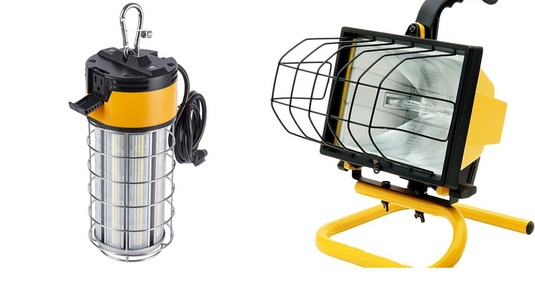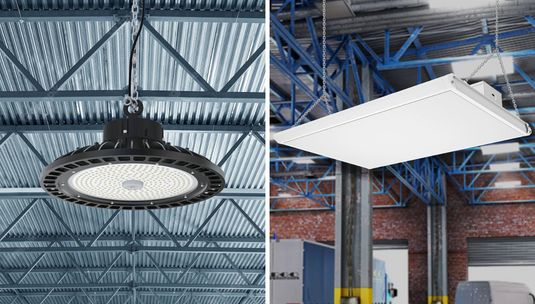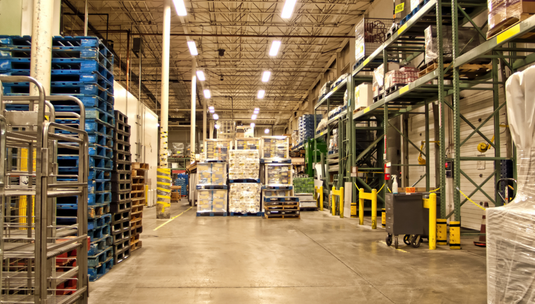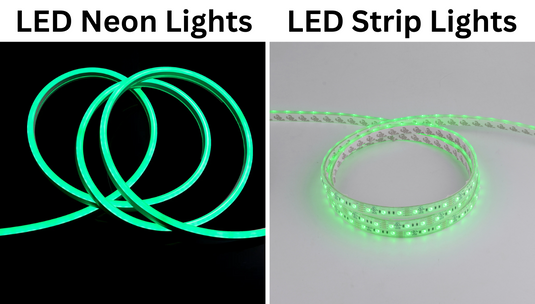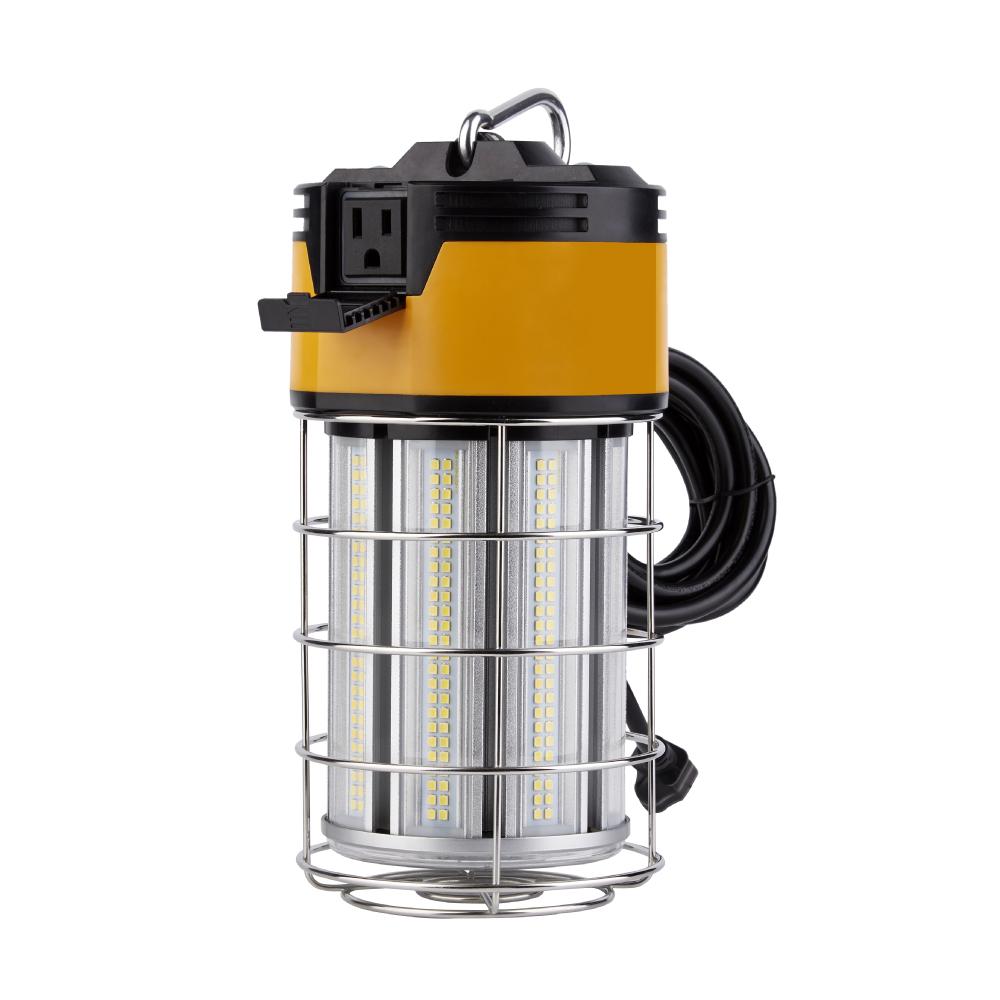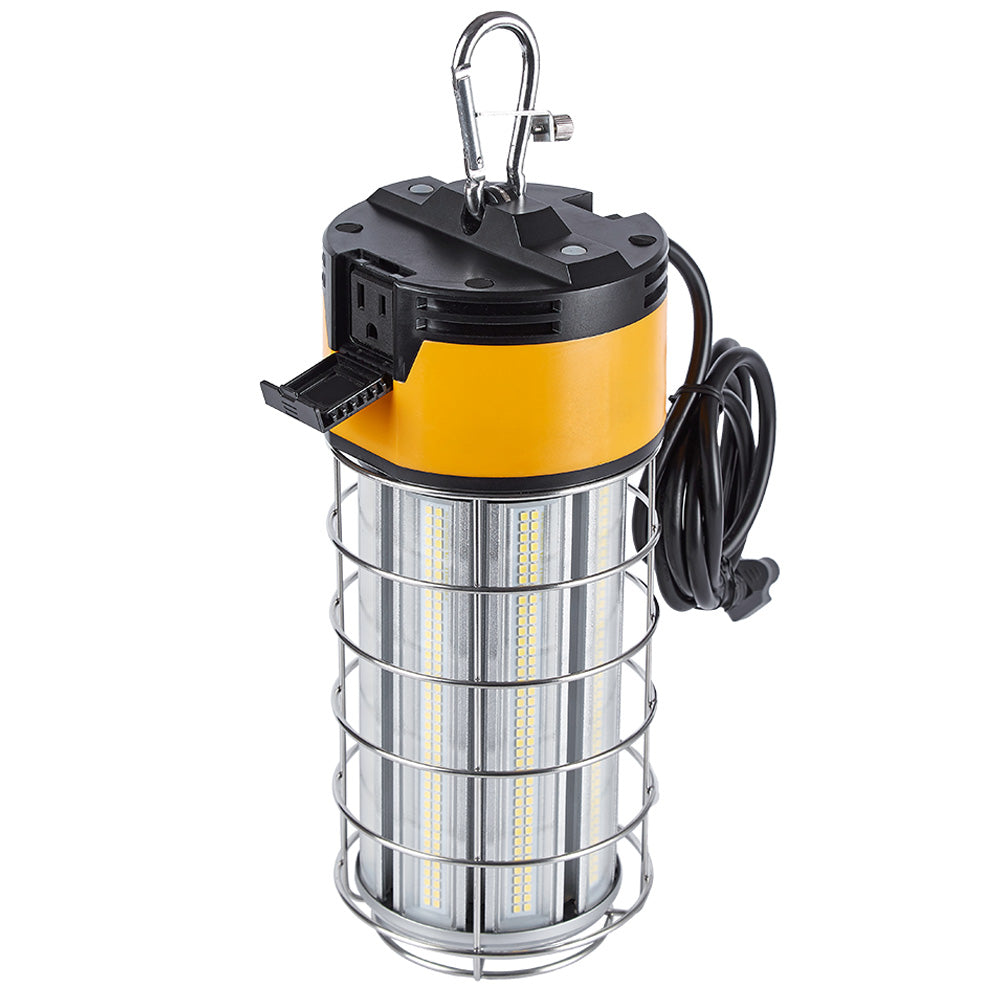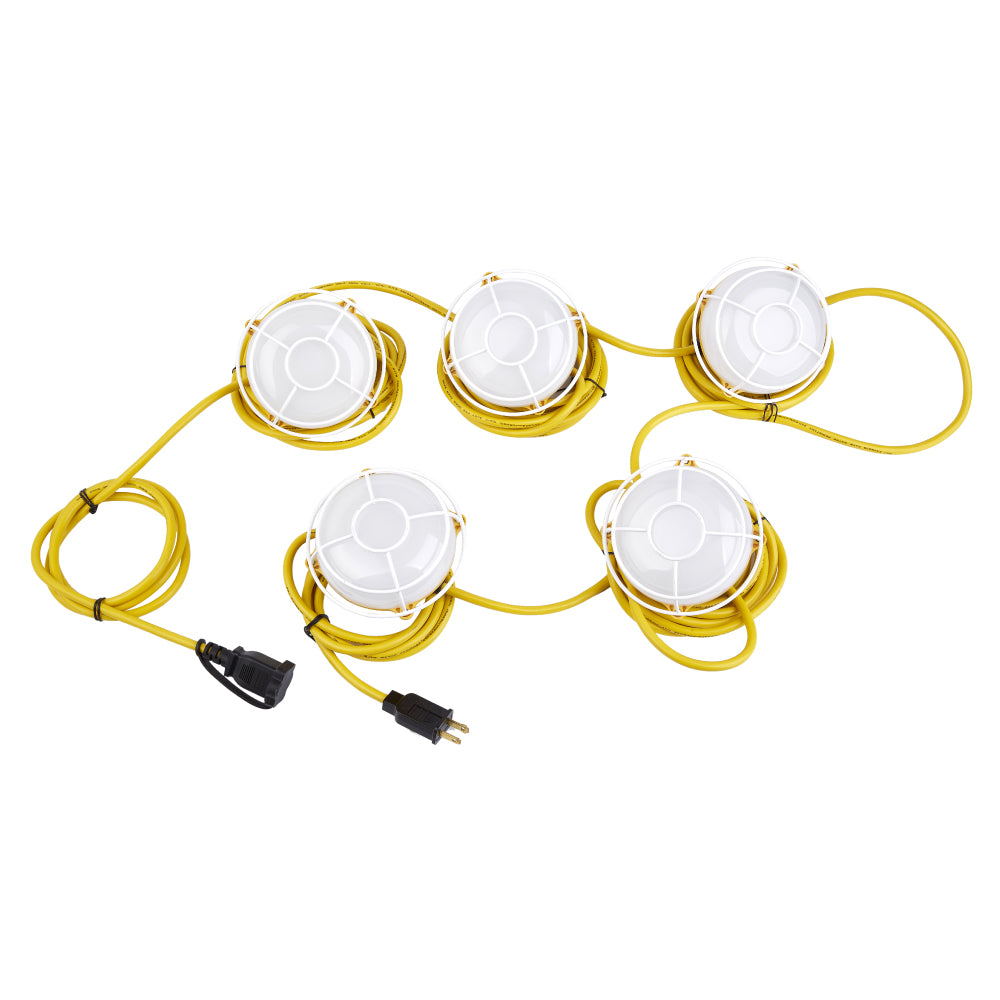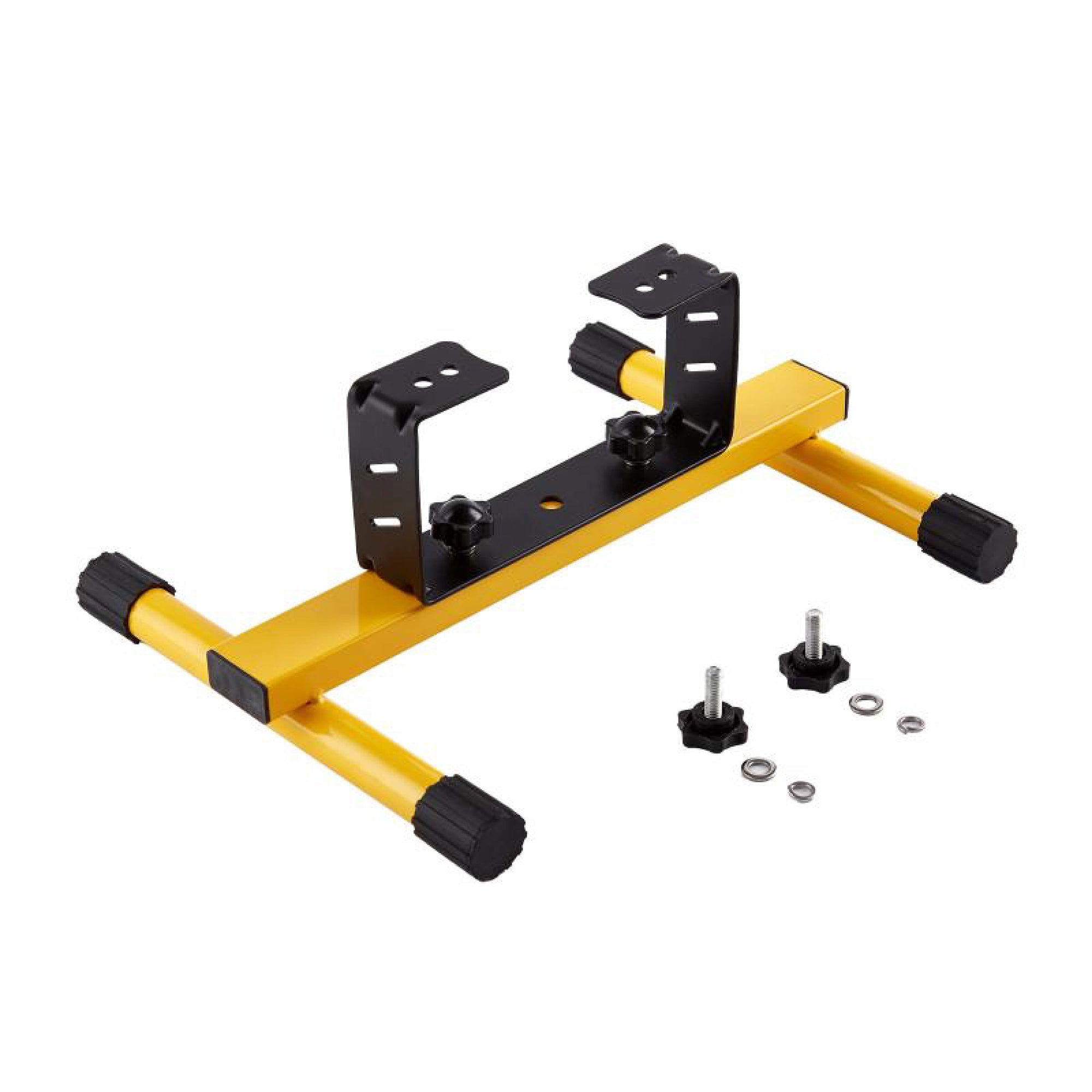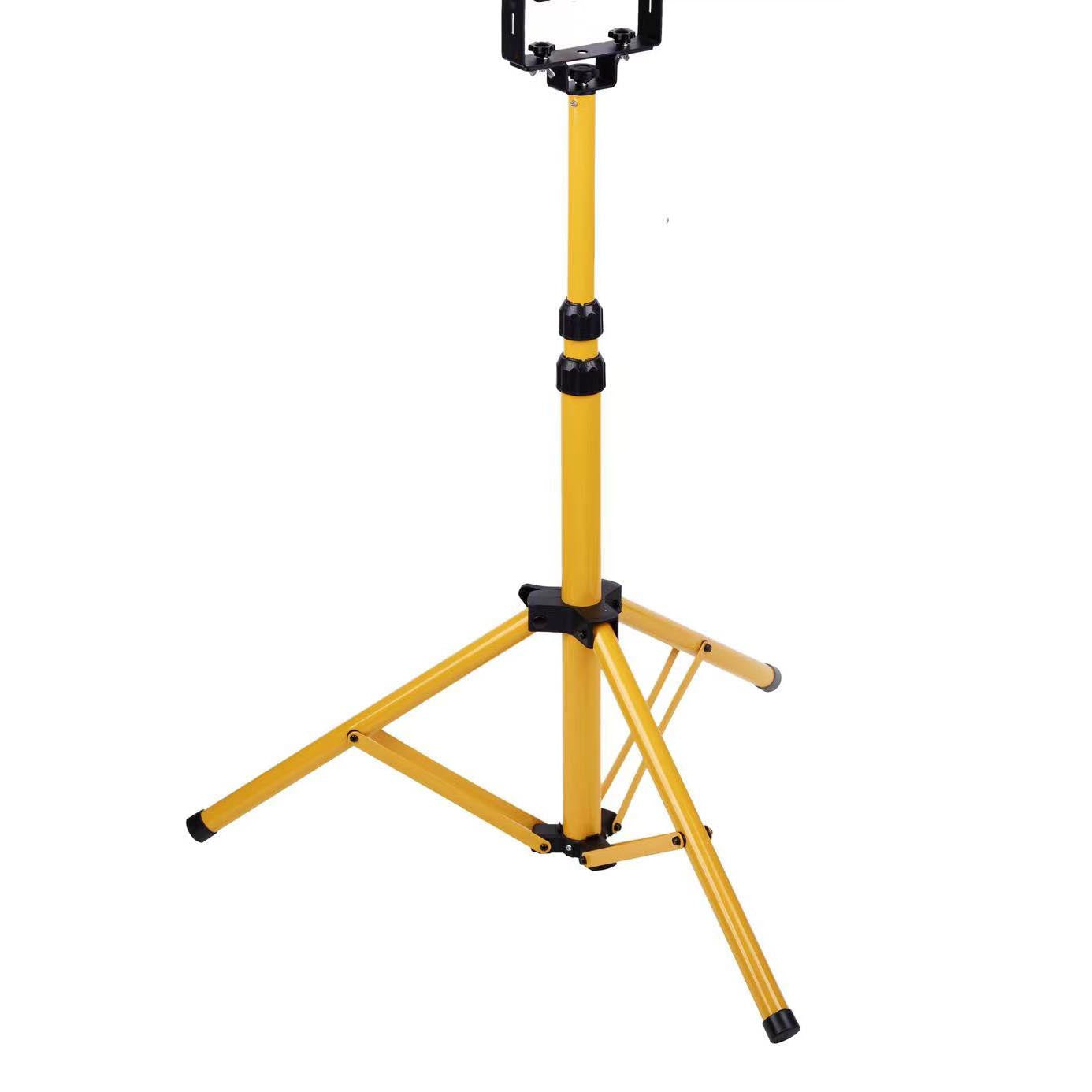Table of Contents
|
In today's fast-paced world, proper illumination is essential for various tasks, whether it's construction work, automotive repairs, or outdoor activities. LED (Light Emitting Diode) work lights and halogen lighting are two popular options known for their brightness and functionality. But when it comes to choosing the best lighting solution, which one stands out? Let's delve into the comparison between LED Work Lights and halogen lighting to help you make an informed decision.
Technology Comparison
LED technology utilizes semiconductor diodes to produce light, offering greater energy efficiency and durability compared to traditional lighting sources. On the other hand, halogen lighting relies on a tungsten filament enclosed in a halogen gas-filled bulb, emitting light through the process of incandescence.
Brightness and Energy Efficiency
LED work lights are renowned for their superior brightness despite consuming less power than halogen lights. LEDs convert more energy into light rather than heat, making them highly energy-efficient and cost-effective in the long run.
Durability and Lifespan
LED work lights boast remarkable durability, with a lifespan that far surpasses that of halogen lights. LED technology is solid-state, meaning there are no fragile components like filaments or glass bulbs susceptible to breakage.
Heat Emission
One significant advantage of LED work lights is their minimal heat emission. Unlike halogen lights, which generate substantial heat during operation, LEDs remain cool to the touch, reducing the risk of burns and fire hazards.
Environmental Impact
LED work lights are environmentally friendly, as they contain no hazardous materials such as mercury and lead. Additionally, LEDs consume less energy and have a longer lifespan, contributing to lower carbon emissions and reduced waste compared to halogen lighting.
Versatility and Applications
LED work lights offer versatility in various applications, thanks to their compact size, lightweight design, and durability. From construction sites to outdoor events, LED lights provide reliable illumination without the limitations of halogen lighting.
Cost Analysis
While LED work lights may have a higher initial cost compared to halogen lights, the long-term savings in energy expenses and maintenance make them a more economical choice in the end. Halogen lights require frequent bulb replacements and consume more power, leading to higher operating costs over time.
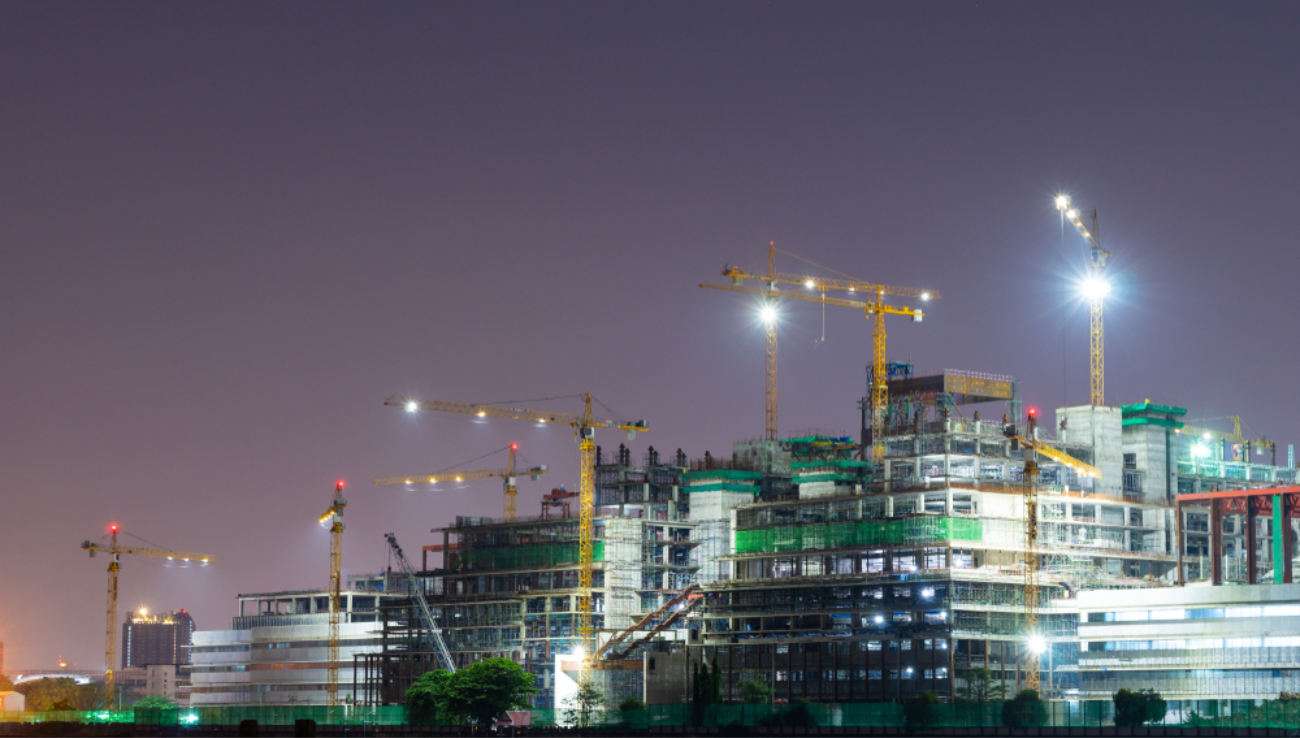
Safety Considerations
LED work lights are inherently safer than halogen lights due to their low heat emission and reduced fire risk. Halogen lights can reach high temperatures during operation, posing a potential safety hazard, especially in confined spaces or when left unattended.
User Experience and Comfort
LED work lights offer a better user experience with features such as adjustable brightness levels and superior color rendering. Unlike halogen lights, which can cause glare and discomfort, LEDs provide consistent and comfortable illumination for extended periods.
Case Studies and Testimonials
Numerous businesses and individuals have experienced the benefits of LED work lights firsthand. From improved visibility on construction sites to enhanced productivity in automotive workshops, LED lighting solutions have garnered praise for their performance and reliability.
Regulatory Compliance
LED work lights comply with stringent regulations regarding energy efficiency and emissions, making them a preferred choice for environmentally conscious consumers. Halogen lights may face restrictions in certain regions due to their higher energy consumption and environmental impact.
Future Trends
As technology continues to evolve, we can expect further advancements in LED lighting, including increased efficiency, enhanced durability, and expanded applications. While halogen lighting may still have its niche, the future belongs to LED technology in the realm of work lights and beyond.
Conclusion
In the debate between LED work lights and halogen lighting, the verdict is clear: LED emerges as the superior choice in terms of energy efficiency, durability, safety, and overall performance. While halogen lighting may have its advantages in specific scenarios, the long-term benefits and versatility of LED work lights make them the best choice for various applications.
FAQs
Q. What are the main differences between LED and halogen lights?A. LED lights use semiconductor diodes to produce light, while halogen lights rely on tungsten filaments enclosed in halogen gas-filled bulbs. LED lights are more energy-efficient, durable, and environmentally friendly compared to halogen lights.
Q. Are LED work lights more expensive than halogen lights?
A. Initially, LED work lights may have a higher upfront cost than halogen lights. However, the long-term savings in energy expenses and maintenance make LEDs a more cost-effective option.
Q. Can LED lights be used as a direct replacement for halogen lights?
A. Yes, LED lights can often be used as direct replacements for halogen lights, as they come in various shapes and sizes to fit existing fixtures and applications.
Q. Are LED work lights safer than halogen lights?
A. Yes, LED work lights are safer than halogen lights due to their minimal heat emission and reduced fire risk. Halogen lights can reach high temperatures during operation, posing a safety hazard.
Q. What factors should I consider when choosing between LED and halogen lighting?
A. When choosing between LED and halogen lighting, consider factors such as energy efficiency, durability, safety, cost-effectiveness, and suitability for your specific application needs.
 Call for Volume Discounts! Get Discounts on Bulk Volume Orders
Call for Volume Discounts! Get Discounts on Bulk Volume Orders 